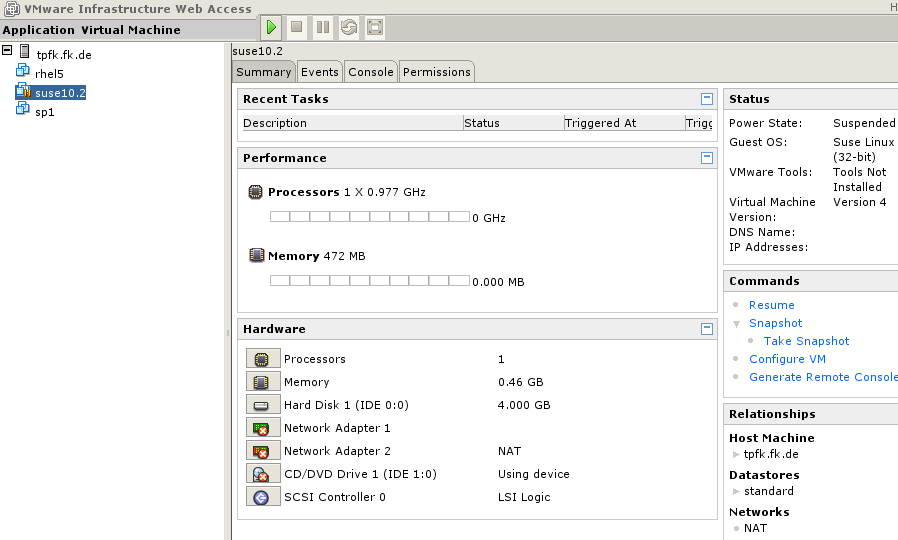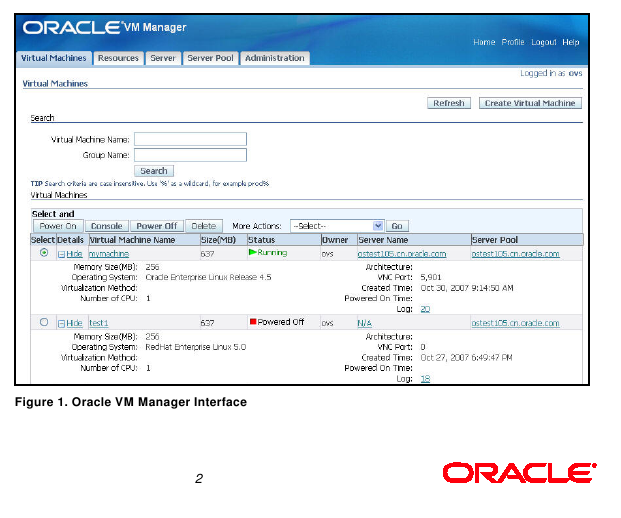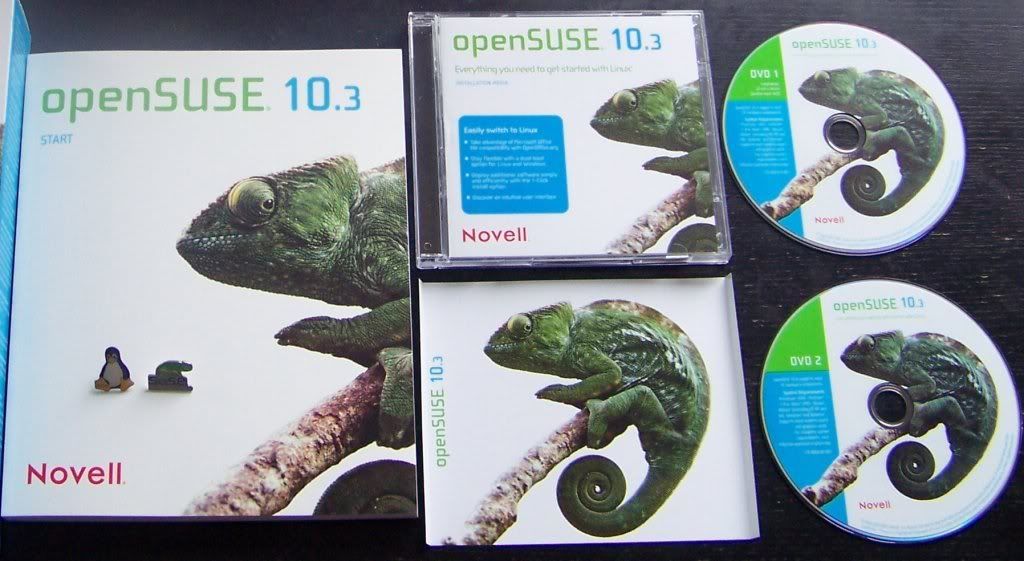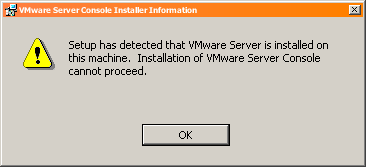This part (though commonly unknown) seems unchanged:
For Microsoft Premier-level support customers running non-Microsoft hardware virtualization software from vendors with which Microsoft does not have an established support relationship that covers virtualization solutions, Microsoft will use commercially reasonable efforts to investigate potential issues with Microsoft software running together with non-Microsoft hardware virtualization software. As part of that investigation, Microsoft may require the issue to be reproduced independently from the non-Microsoft hardware virtualization software. Where issues are confirmed to be unrelated to the non-Microsoft hardware
virtualization software, Microsoft will support its software in a manner that is consistent with support provided when that software is not running together with non-Microsoft hardware irtualization software.
While this reflects the MSFT/Novell collaboration:
Microsoft will jointly support certain non-Microsoft hardware virtualization software from vendors with which Microsoft has established a support relationship that covers virtualization solutions. This joint support will include coordinating with the vendor to investigate support issues.
[Microsoft Knowledge Base: 944987]




